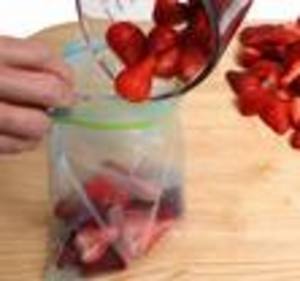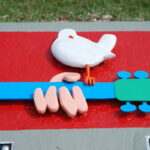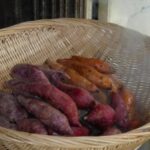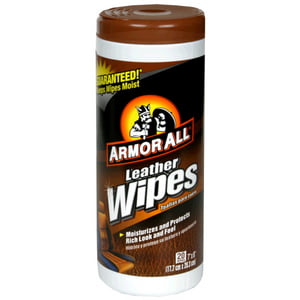If you love fresh, home grown vegetables, you will love freezing your produce to enjoy at a later date. By freezing the produce, you lock in many of the vitamins and minerals naturally found in the vegetables. Canned vegetables are so processed that much of the nutrients are lost through the preservation process. While no method of preservation can retain all the nutrients fresh vegetables contain, freezing is the best method to assure your vegetables will be full of vitamins and minerals for months to come! In this article I will cover the basic steps to prepare and freeze your vegetables. Read on for some great tips for preserving your vegetables in the freezer!
The basic items you need to freeze your vegetables are freezing container or freezer bags, a large freezer and your produce! That is really how simple freezing is. Freezer bags are ideal if you have a limited spot in your freezer for produce storage. They are very efficient and inexpensive. They will not keep your produce quite as protected though. If you plan on storing the vegetables for many months, I would suggest purchasing freezer containers. These are simple, square, storage containers made just for freezer storage. If you have a large freezer, these stack very nicely and protect your vegetables magnificently. A chest freezer is ideal if you are planning on freezing many vegetables each season. If you plan to freeze each year, I would highly suggest making this purchase, you will not regret it! Not only can you store your produce, but you can stock up on any frozen food from the grocery when it is on sale. Your chest freezer will save you money on your grocery bill, and over the years will pay itself off.
It is very important to harvest your vegetables at their peak when planning on freezing them. Only freeze vegetables that are ripe, have no bad spots and have no fungus or rot growing on them. The produce needs to be in excellent condition for it to be enjoyable when eaten after frozen. Avoid using produce that is over ripe as it tends to be bitterer and the texture is tougher than the tender, perfectly ripe produce.
Once you have your produce harvested, you need to prepare it to be frozen. Depending on the type of vegetable you have you will want to cut it into smaller pieces. Peas should be removed from their pod and beans should be destrung and snapped. Squash type vegetable should be cooked before frozen as well. You can choose how to prepare your produce according to your liking. Some people just rinse the produce and place it in the freezing container and put it in the freezer. Other people choose to boil their vegetables in water to destroy any microorganisms. The freezer will not destroy all microorganisms that may be in your produce. If you do not boil it before freezing, I would recommend boiling it before you eat the produce you have frozen. Boiling the produce does rid the vegetables of some of their valuable nutrients, and for this reason some people prefer to freeze their vegetables with no boiling beforehand.
Once you feel your produce is ready to go in the freezer you are ready to freeze! Simply fill the bags or containers and make sure their seal is tight. You will want to be sure to label the bag or container with the vegetable name and the date you placed them in the freezer. Produce that is frozen should be used within 6-9 months for optimum flavor.
When you are ready to use the frozen produce it is all ready to go! All you need to do is thaw the produce and prepare it. If you are going to boil the vegetables, you don’t even need to thaw them, just place them in some water in a pot on the stovetop to boil. Frozen vegetables tend to taste the same as they did when they were fresh and are full of nutrients! Next time you want to preserve some of your extra produce, try this method and see how great your results are!








